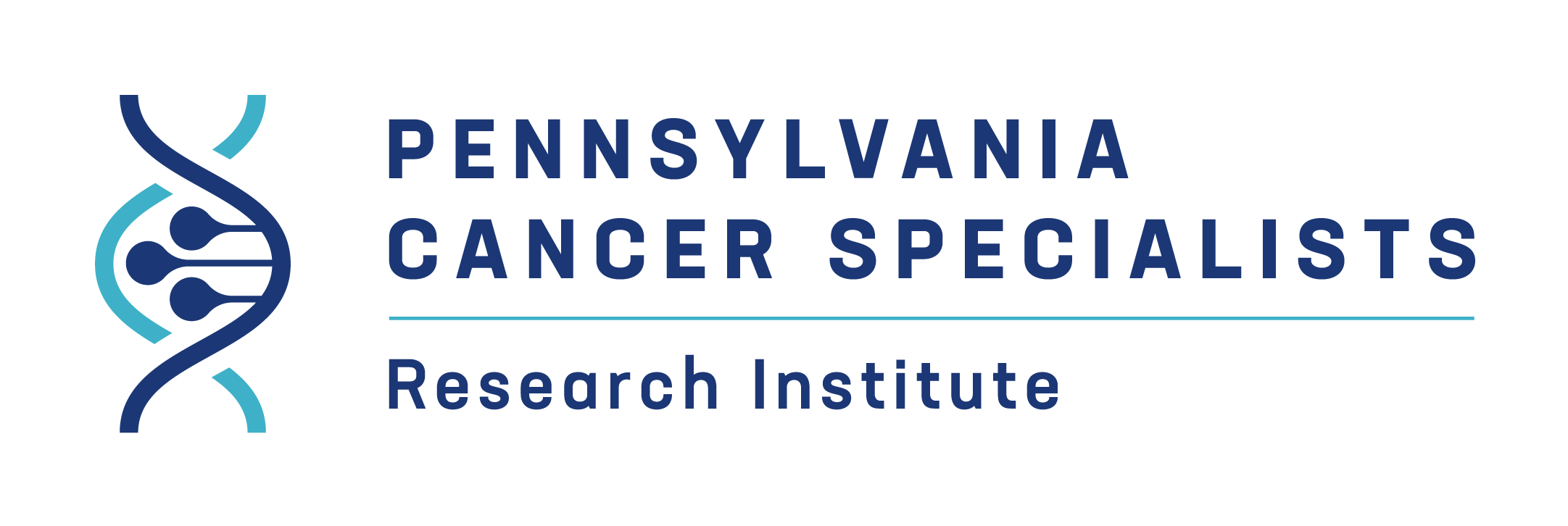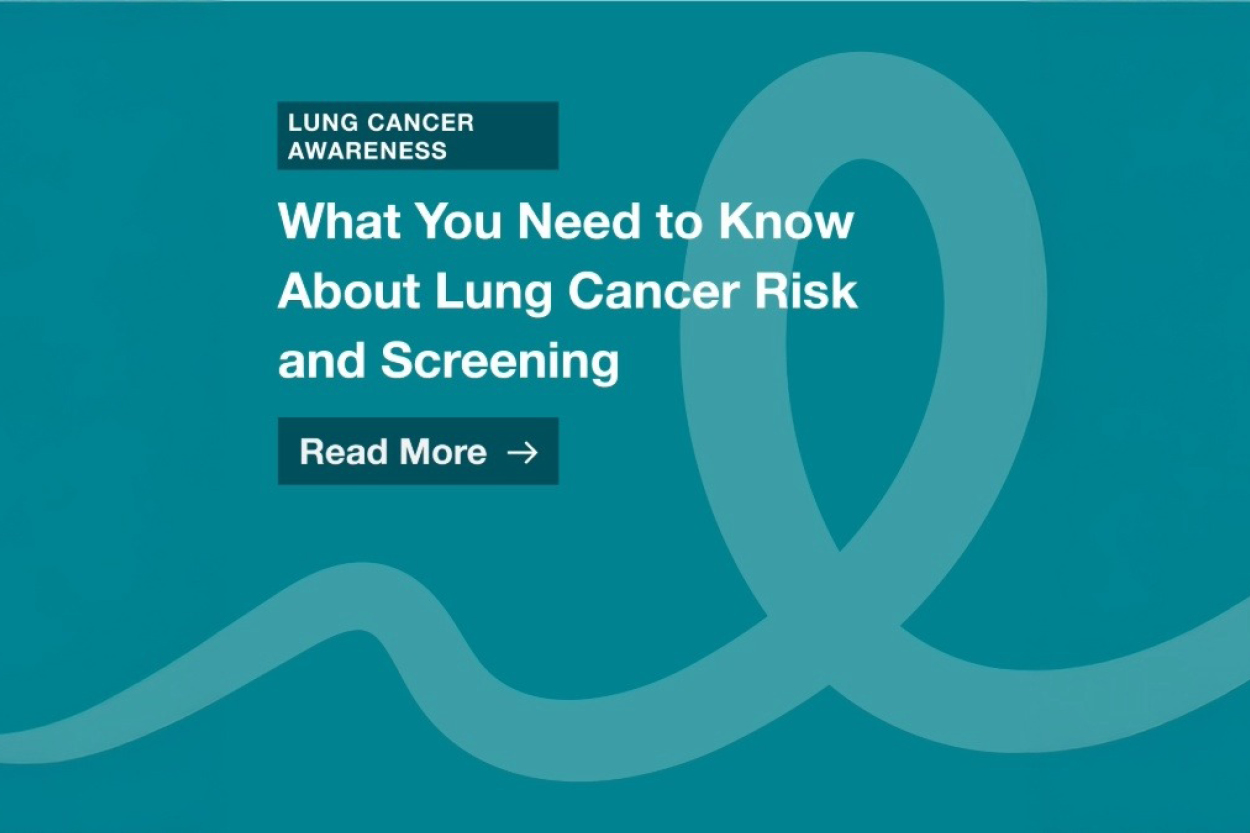What You Need to Know About Lung Cancer Risk and Screening
Lung cancer remains one of the leading causes of cancer-related deaths in the U.S., largely because it’s often found at a later stage. But the earlier it’s caught, the more treatment options there are. Understanding your personal risk and whether screening is right for you can be lifesaving.
Understanding Lung Cancer Risk
Lung cancer risk is influenced by a mix of lifestyle, environmental, and genetic factors. Here’s what to know:
- Tobacco use is the biggest risk factor. Smoking cigarettes, cigars, or pipes damages lung tissue and significantly increases your risk over time. Even exposure to secondhand smoke can raise lung cancer risk.
- Pack-year history (e.g., 1 pack a day for 20 years = 20 pack-years) is used to measure long-term exposure.
- Former smokers are still at risk, especially within the first 15 years of quitting.
- Secondhand smoke also increases risk, particularly with long-term exposure.
- Environmental exposure to radon gas (a naturally occurring radioactive gas) is the second leading cause of lung cancer in the U.S.
- Occupational exposure to substances like asbestos, arsenic, diesel exhaust, and silica dust can raise risk, especially in industries such as mining, construction, and manufacturing.
- Radiation therapy to the chest, often for previous cancers (like breast or lymphoma), can slightly increase risk over time.
- Family history of lung cancer may signal inherited genetic susceptibility.
- Certain dietary supplements, like beta carotene taken in high doses by smokers or former smokers, have actually been shown to increase lung cancer risk.
- Chronic lung conditions like COPD or pulmonary fibrosis can also elevate risk.
Having one or more of these risk factors doesn’t mean you will get cancer, but it does mean screening might be worth discussing with your doctor.
The Role of Screening in Lung Cancer
Lung cancer screening means finding disease before symptoms appear, when it’s most treatable. The only recommended test for early detection is low-dose computed tomography (LDCT), which uses lower levels of radiation than a standard CT scan to create detailed images of the lungs.
LDCT can detect small nodules or abnormalities before they grow or speed. The National Lung Screening Trial (NLST) showed that LDCT reduces lung cancer deaths by about 20% compared to chest X-rays.
Who Should Be Screened?
The U.S. Preventative Services Task Force recommends annual LDCT lung cancer screening if you meet all of the following:
- You’re between 50 and 80 years old
- You have a 20 pack-year or more smoking history
- You currently smoke or quit within the last 15 years
- You are in relatively good health and would be eligible for treatment if cancer is found
If you don’t meet all of these criteria, talk to your provider, especially if you have other risk factors, such as occupational or environmental exposures.
Benefits of LDCT Screening
- Catches lung cancer at an early, more treatable stage
- Reduces the risk of dying from lung cancer
- Offers peace of mind when results are normal
The decision to screen should be made together with your care team, based on your full medical history and personal values.
Taking the Next Step
If you think you may qualify for lung cancer screening or you’re unsure, start by:
- Talking with your doctor about your smoking history and risk factors
- Requesting a risk assessment to see if LDCT is recommended
- Finding a high-quality screening center that follows national guidelines
- Making a quit plan. If you’re still smoking, stopping now can dramatically lower your risk.
- Committing to yearly follow-up if screening is recommended
Even if you’ve quit smoking, your lungs deserve regular attention. Screening is about giving yourself the best chance at early detection and better outcomes.
The Bottom Line
Lung cancer screening isn’t right for everyone, but for those at higher risk, it could save your life. If you’re unsure, a simple conversation with your provider is a good first step. You don’t have to face your risk alone; your care team is here to help.


